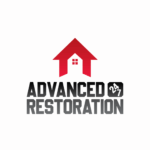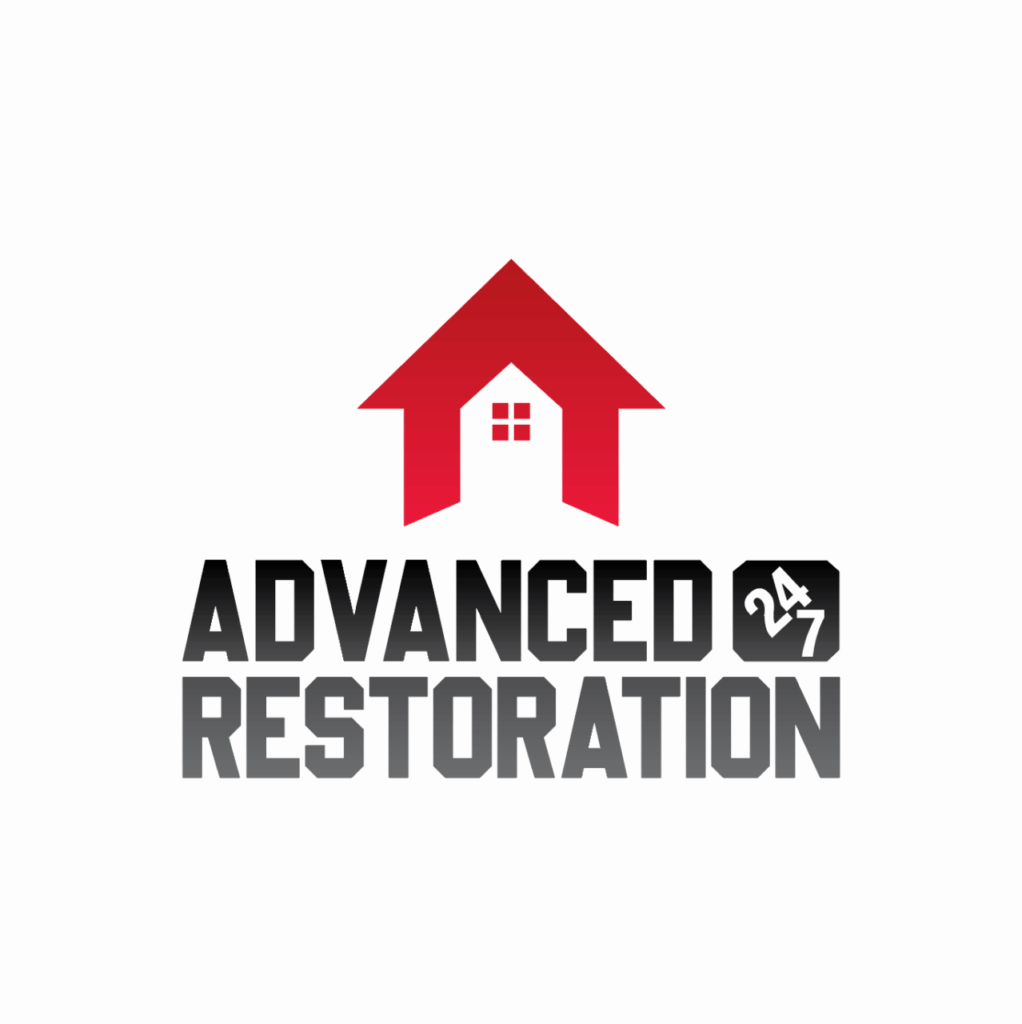For the best solutions in structural damage assessment, rely on visual inspection techniques, advanced moisture detection tools, infrared thermography analysis, structural monitoring systems, computerized structural analysis, drones, and virtual reality simulation tools. These methods offer thorough evaluations and efficient results, helping ensure structural integrity and safety. Explore these options to make informed decisions and address issues promptly.
Key Takeaways
- Utilize drones and satellites for detailed inspections.
- Implement moisture detection tools for assessing leaks.
- Employ infrared thermography for enhanced detection.
- Invest in structural monitoring systems for real-time data.
- Use computerized structural analysis for predictive maintenance.
Visual Inspection Techniques
When conducting visual inspection techniques for structural damage assessment, pay close attention to any signs of cracks or distortions in the structure. Utilizing remote sensing technology can aid in identifying potential problem areas without causing further damage. By incorporating remote sensing tools like drones or satellites, you can gather valuable data from a safe distance, ensuring a thorough assessment of the structure.
Data analysis plays a significant role in interpreting the information collected through remote sensing. Analyzing the data obtained from visual inspections helps identify the extent of the damage and formulate an effective repair plan. By employing sophisticated algorithms and software, you can process large amounts of data quickly and accurately, saving time and resources in the assessment process.
When utilizing visual inspection techniques, it’s essential to document all findings meticulously. Take detailed notes and photographs of any cracks, distortions, or other signs of structural damage. This documentation is crucial for a thorough analysis and comparison during the assessment. Additionally, make sure to record the data in a systematic manner to facilitate easy retrieval and reference in the future.
Moisture Detection Tools
Consider utilizing advanced moisture detection tools to effectively assess structural damage related to moisture. Moisture mapping and leak detection are vital aspects of identifying and addressing issues early on. These tools provide a deeper insight into potential problem areas, allowing for targeted solutions and preventing further damage.
There are various options available on the market for moisture detection tools. Below is a comparison table to help you understand the features of some common tools used for moisture detection:
| Moisture Detection Tools | Features |
|---|---|
| Moisture Meters | – Measures moisture levels in different materials. |
| Infrared Cameras | – Detects temperature differences indicating moisture. |
| Thermal Imaging Devices | – Captures images showing areas of potential moisture. |
| Capacitance Sensors | – Measures changes in electrical properties caused by moisture. |
Each of these tools has its strengths and can be beneficial depending on the specific needs of your assessment. By utilizing these moisture detection tools, you can effectively identify and address moisture-related structural damage, ensuring the longevity and safety of the building.
Infrared Thermography Analysis
When it comes to structural damage assessment, you should consider the benefits of thermal imaging.
It offers a cost-effective way to analyze the integrity of your building.
Infrared thermography can help identify hidden issues before they escalate.
Thermal Imaging Benefits
Using thermal imaging, you can accurately assess structural damage by detecting temperature differences invisible to the naked eye. Thermal imaging applications extend beyond damage assessment, providing insight into energy efficiency benefits. Here are some advantages of utilizing thermal imaging for structural damage assessment:
- Enhanced Detection: Easily identify hidden issues.
- Non-Destructive: Assess damage without causing further harm.
- Time Efficiency: Quickly pinpoint problem areas.
- Cost-Effective: Save money by addressing issues promptly.
Incorporating thermal imaging into your structural damage assessment process not only improves accuracy but also helps you make informed decisions to maintain the integrity of your property.
Cost-Effective Assessment
By utilizing infrared thermography analysis, you can conduct a cost-effective assessment of structural damage, building upon the benefits of thermal imaging for enhanced detection and efficient problem-solving.
Infrared thermography allows for remote assessment, enabling you to identify potential issues without extensive physical inspections. This method saves time and reduces overall assessment costs, making it a practical solution for structural damage evaluation.
Additionally, through predictive modeling, infrared thermography analysis can anticipate potential problem areas, allowing for proactive maintenance and preventing costly damages in the long run.
Embracing this technology streamlines the assessment process and provides a thorough understanding of structural integrity, fostering a sense of security and peace of mind for homeowners and property managers alike.
Structural Monitoring Systems
Structural monitoring systems provide real-time data on the health and integrity of buildings and infrastructure. These systems offer a proactive approach to maintenance, allowing you to address issues before they escalate. Here’s what makes structural monitoring systems a valuable tool:
Real-Time Monitoring: With sensor technology embedded within the structure, you receive constant updates on its condition. This immediate feedback enables you to make informed decisions promptly.
Predictive Maintenance: By analyzing the data collected through these systems, you can predict potential structural issues. This proactive maintenance approach enhances the longevity of the building.
Cost-Efficiency: Identifying problems early on can save you significant repair costs in the long run. Structural monitoring systems help prioritize maintenance tasks based on real-time data.
Improved Safety: Ensuring the structural integrity of buildings is essential for the safety of occupants. By utilizing monitoring systems, you create a safer environment for everyone.
Computerized Structural Analysis
Computerized Structural Analysis plays an important role in evaluating the stability and performance of various structures. Through advanced software applications, engineers can input data regarding a structure’s materials, load-bearing capacities, and environmental factors to conduct sophisticated data analysis. This analysis allows for the prediction of how a structure will behave under different conditions, helping to identify potential weaknesses or areas of concern.
By utilizing computerized structural analysis, professionals can simulate various scenarios to understand how a structure may respond to different stresses. This predictive capability is vital for ensuring the safety and longevity of buildings, bridges, and other infrastructure projects. Additionally, the ability to analyze vast amounts of data quickly and accurately enables engineers to make informed decisions about maintenance, repairs, or upgrades to enhance structural integrity.
Software applications designed for structural analysis continually evolve, incorporating complex algorithms and modeling techniques to provide more precise results. These tools streamline the assessment process and offer detailed insights into a structure’s overall health and performance. With computerized structural analysis, engineers can proactively address potential issues before they escalate, ultimately contributing to the resilience and sustainability of our built environment.
Drone Technology for Assessment
Utilize the latest drone technology to revolutionize structural damage assessment and enhance efficiency in evaluating structural integrity. Drones offer a new dimension to inspecting buildings and infrastructure, providing an aerial perspective that was once challenging to achieve.
Here are some key benefits of using drones for structural damage assessment:
Aerial Perspective: Drones can capture high-resolution images and videos from various angles, offering a panoramic view of the entire structure. This aerial perspective allows for a detailed analysis of potential damages that may not be easily visible from the ground, enhancing the accuracy of the assessment.
Data Accuracy: Drones equipped with advanced sensors and cameras collect highly precise data during assessments. This data can be used to create 3D models and maps of the structure, aiding in identifying areas of concern with precision and detail.
Remote Access: With drones, inspectors can access hard-to-reach or hazardous areas without endangering themselves. This remote access capability not only improves safety for inspectors but also allows for thorough inspections of all parts of the structure, ensuring a more thorough assessment.
Efficiency Benefits: Drones enable faster data collection and analysis compared to traditional assessment methods. This efficiency translates to quicker decision-making processes, reduced assessment times, and cost savings for both inspectors and clients.
Virtual Reality Simulation Tools
Embrace the immersive experience of virtual reality simulation tools to enhance structural damage assessment capabilities and streamline evaluation processes. With virtual reality, you can step into a simulated environment that replicates real-world scenarios, allowing you to assess structural damage with a new level of detail and accuracy. The interactive training offered by virtual reality tools enables you to practice evaluating different types of damage, from cracks in walls to foundation issues, in a safe and controlled setting.
Through the immersive virtual reality experience, you can navigate through damaged structures, inspecting every corner and detail without any physical risks. This technology provides a unique opportunity to hone your assessment skills by interacting with lifelike simulations that mimic the complexities of actual structural damage scenarios. By engaging in virtual reality training sessions, you can gain valuable experience and confidence in identifying and evaluating different types of structural issues.
Virtual reality simulation tools also offer a collaborative platform where you can work with other professionals to analyze and discuss various damage assessment scenarios. By leveraging the interactive capabilities of virtual reality, you can engage in group training exercises that simulate real-world challenges, fostering a sense of belonging and camaraderie among peers in the structural engineering field. Embrace the transformative potential of virtual reality simulation tools to elevate your structural damage assessment skills and become a more proficient evaluator in the field.
Summary
When it comes to structural damage assessment, the best solutions can be provided by incorporating a combination of visual inspection techniques, moisture detection tools, infrared thermography analysis, structural monitoring systems, computerized structural analysis, drone technology, and virtual reality simulation tools.
Don’t wait until it’s too late – prioritize structural integrity to ensure safety and longevity.
Advanced 24/7 Restoration’s mission is to provide unparalleled care and support to our valued clients. Delivering the best solutions for your property restoration needs. Our vision is to be the top-rated damage restoration company in Denver, known for our exceptional services, professionalism, and dedication to customer satisfaction. Water damage, fire damage, flood damage, and more.
- This author does not have any more posts


